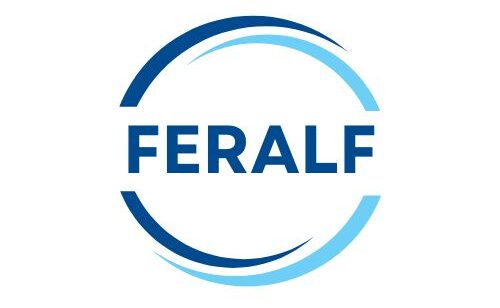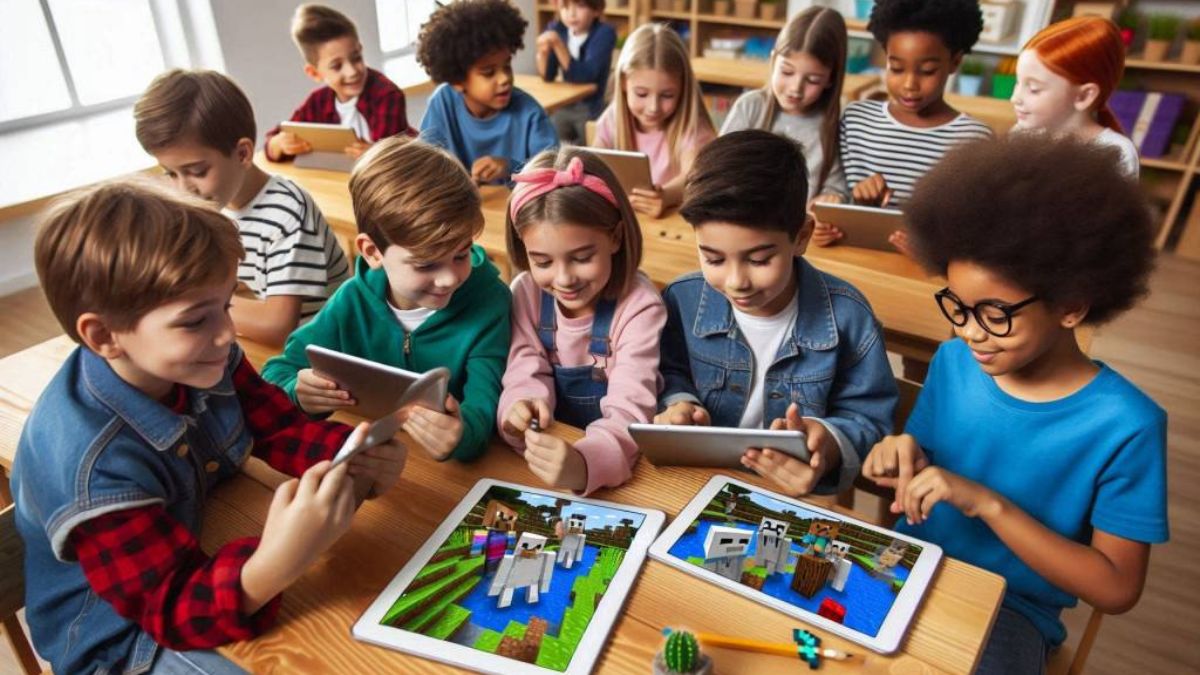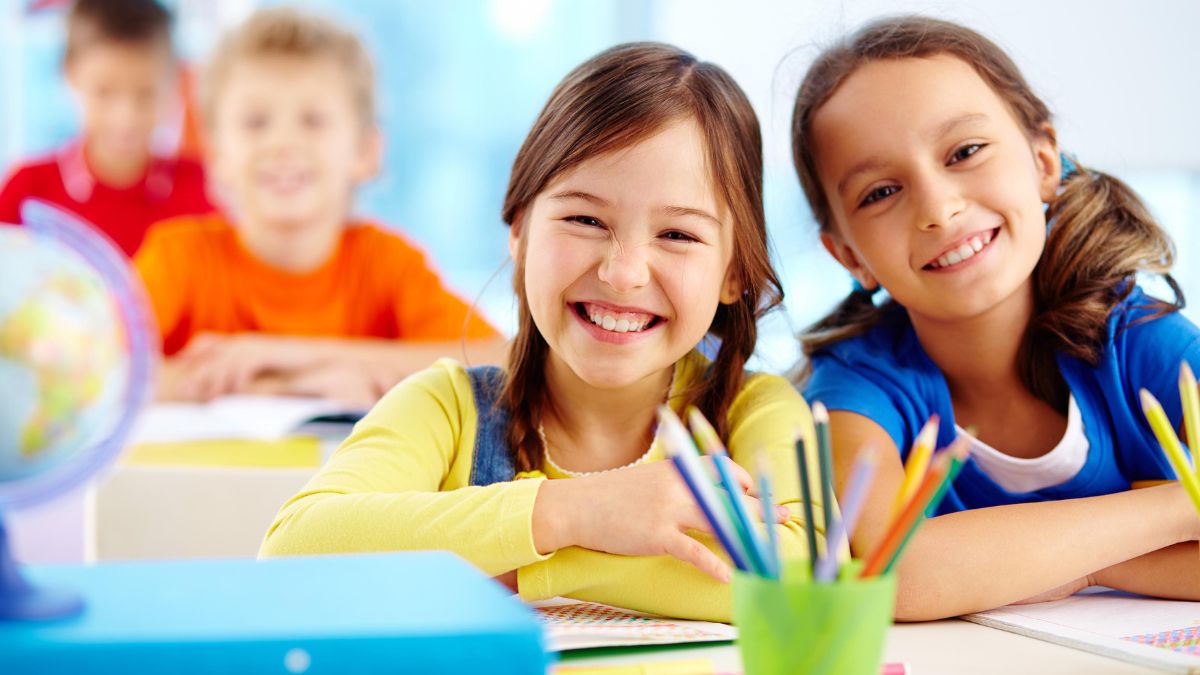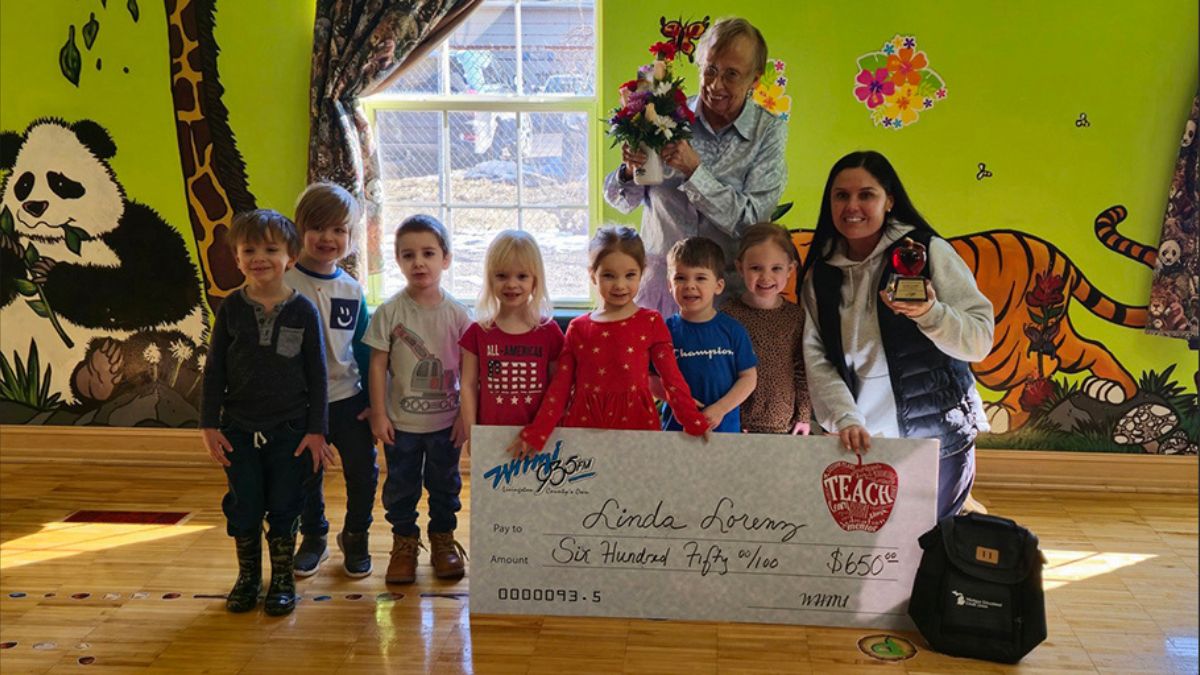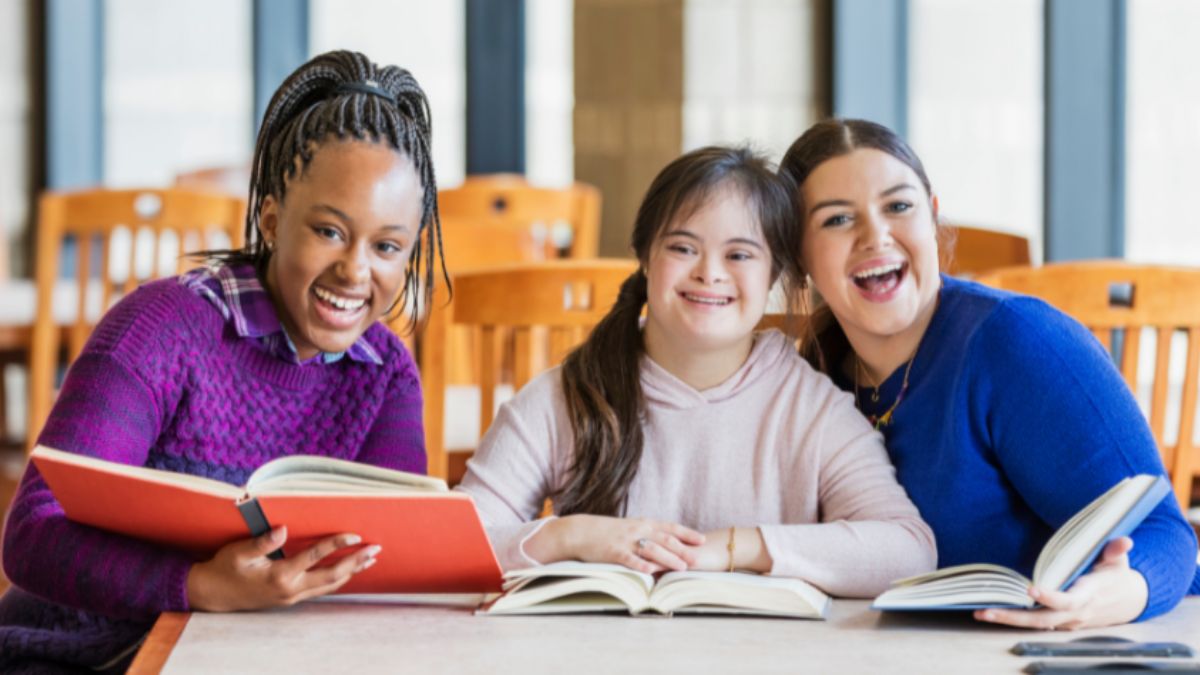Minecraft Education is more than just a game; it’s a powerful tool for teaching, engaging, and inspiring students in classrooms worldwide. This educational version of the wildly popular sandbox game has transformed the way educators approach learning, blending creativity, problem-solving, and collaboration into a single, dynamic platform. Whether you’re a teacher looking to motivate your students or a parent curious about innovative learning tools, this post will walk you through the potential of Minecraft Education, its key features, and how it’s reshaping education.
What is Minecraft Education?
Minecraft Education is an educational platform that uses the creative and interactive elements of the classic Minecraft game to promote learning across various subjects. Designed for students of all ages, it offers educators tools to create structured lessons within the familiar blocky world of Minecraft. It’s not just about “playing a game”—it’s about engaging students in meaningful activities that develop a wide range of skills.
Key Features of Minecraft Education:
- Pre-Built Lesson Plans: Includes ready-made lessons in subjects like math, science, and history.
- Collaboration Tools: Enables multiplayer sessions for classroom projects and teamwork.
- Assessment Features: Offers built-in quizzes and progress tracking for teachers.
- Cross-Curricular Applications: Covers everything from coding to storytelling, making it versatile across subjects.
- Secure and Controlled Environment: Provides educators control over the world and activities, ensuring a safe and productive experience for students.
Why Minecraft Education is a Game-Changer in Learning
Minecraft Education offers a unique opportunity for student-centered learning, encouraging critical thinking, collaboration, and creativity in a way traditional classroom setups often cannot. Here’s why it’s a game-changer in the education sector:
1. Engaging Students Through Gamification
Gamification, or the application of game design elements in learning environments, has been shown to increase student motivation and engagement. Minecraft Education taps into this by transforming lessons into interactive missions and challenges. For example:
- Math: Students can calculate the perimeter and area while building a structure.
- History: They can recreate and explore historical landmarks like the Pyramids of Giza or the Great Wall of China.
This hands-on approach makes complex concepts easier to understand and remember.
2. Promoting Problem-Solving Skills
Minecraft’s open-ended gameplay naturally encourages exploration and critical thinking. Within Minecraft Education, students encounter puzzles, obstacles, and real-world scenarios that they must solve collaboratively or independently. These challenges teach students how to:
- Analyze problems.
- Think critically about solutions.
- Test and iterate their ideas to find the best outcomes.
For example, a lesson on renewable energy sources might involve students designing a self-sustaining community using solar panels and wind turbines within the game.
3. Encouraging Collaboration and Teamwork
Minecraft Education thrives as a platform for collaborative learning. Multiplayer functionality allows students to work together on shared goals, fostering communication and teamwork skills. They might:
- Build a fully functional city together, complete with roads, homes, and infrastructure.
- Collaboratively solve environmental issues, like deforestation or waste management, in a simulated ecosystem.
These activities mimic the collaborative working environments often seen in the workplace, preparing students for their future careers.
4. Fostering Creativity
Creativity is central to Minecraft Education. Students are given the freedom to build almost anything within the game’s expansive world, encouraging self-expression and innovation. Combined with structured lesson plans, this creative freedom can lead to exciting outcomes like:
- Writing narratives to accompany imaginative builds, blending creative writing with visual arts.
- Designing and coding custom projects, blending STEM with artistry.
5. Bridging the Gap in Digital and Coding Skills
The modern workplace increasingly requires digital literacy and coding skills. Minecraft Education supports students in learning these skills early, making them future-ready. Features like the Code Builder tool allow users to learn programming concepts through block-based coding tools such as Microsoft MakeCode or JavaScript.
For instance:
- Beginners can use drag-and-drop blocks to program a robot within the game.
- Advanced learners can manipulate the game’s logic using text-based coding.
This hands-on experience with coding gives students the confidence to tackle complex technical subjects later in life.
6. Cross-Curricular Learning
Minecraft Education stands out for its flexibility across subjects. Unlike traditional tools, it seamlessly brings multiple disciplines into a single immersive experience. Consider the following examples:
- Science: Simulating chemical reactions using the game’s compound creator in a virtual lab.
- Geography: Building maps that demonstrate understanding of topography and natural resources.
- Arts: Creating 3D sculptures or crafting digital murals.
The possibilities are virtually endless, allowing educators to adapt their curriculum to fit students’ interests and needs.
How Educators are Using Minecraft Education in Classrooms
Around the world, teachers are using Minecraft Education to complement traditional teaching methods. Here are a few notable examples:
- Virtual Field Trips:
Teachers recreate locations digitally, enabling students to explore landmarks or ecosystems from the comfort of their classroom.
- STEM Initiatives:
Educators use the game to teach basic programming concepts or set engineering challenges.
- Building Historical Context:
History teachers reconstruct ancient cities or famous battlefields to bring their lessons to life.
By integrating these virtual experiences into traditional lesson plans, educators spark curiosity and excitement among students.
Getting Started with Minecraft Education
If you’re intrigued by Minecraft Education, here’s how you can get started:
- Sign Up for an Account:
Visit the official Minecraft Education website to set up an educator account.
- Download the App:
The platform is available on multiple devices, including Windows, macOS, and iPads.
- Explore Lesson Plans:
Make use of the extensive lesson library to find pre-built activities tailored to your subject area.
- Attend Training:
Leverage training resources and webinars provided by Minecraft Education to maximize the platform’s potential.
The Future of Learning with Minecraft Education
Minecraft Education is more than just a teaching tool; it’s a glimpse into the future of learning. By combining the immersive power of gaming with structured educational objectives, it’s transforming the way students understand and engage with the world.
Whether you’re a teacher wanting to bring your lessons to life or a parent looking to inspire your child to learn in new ways, Minecraft Education provides endless opportunities for exploration, creativity, and growth.
